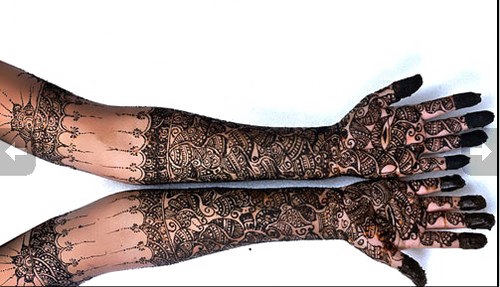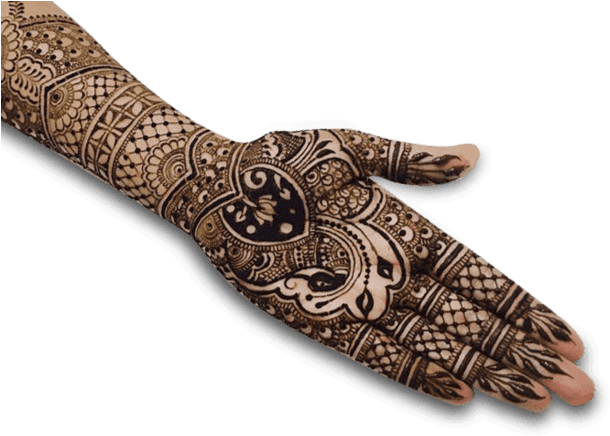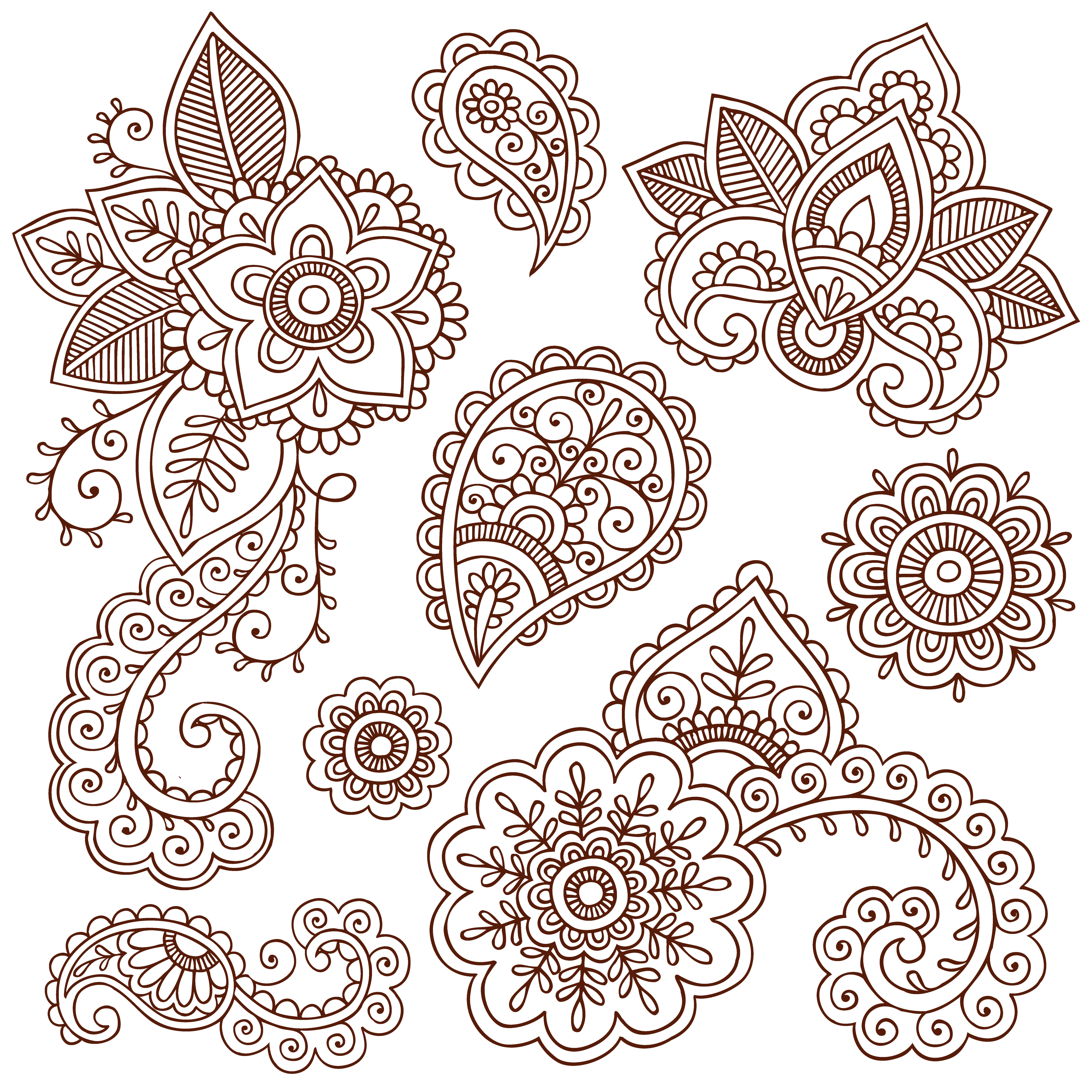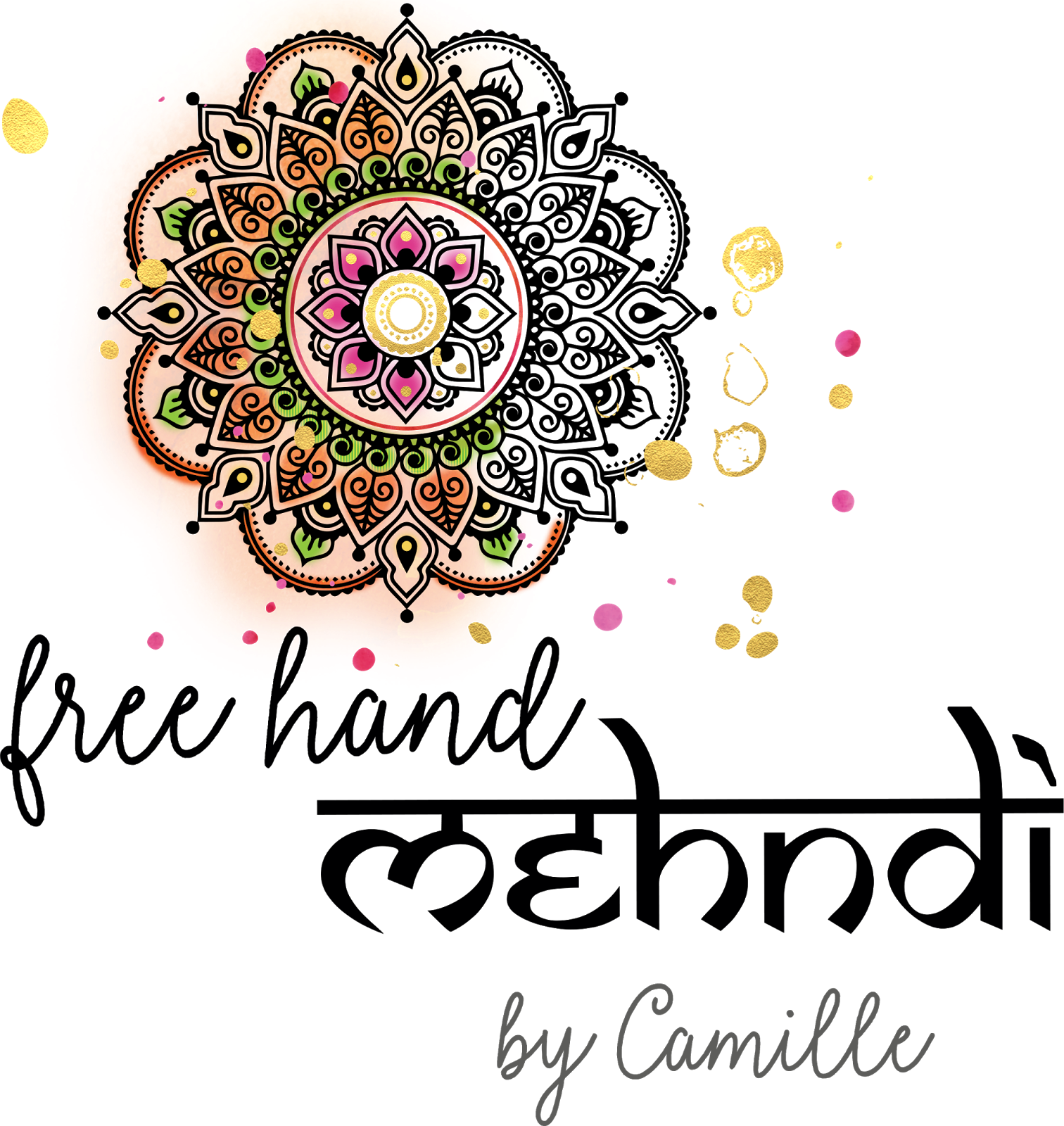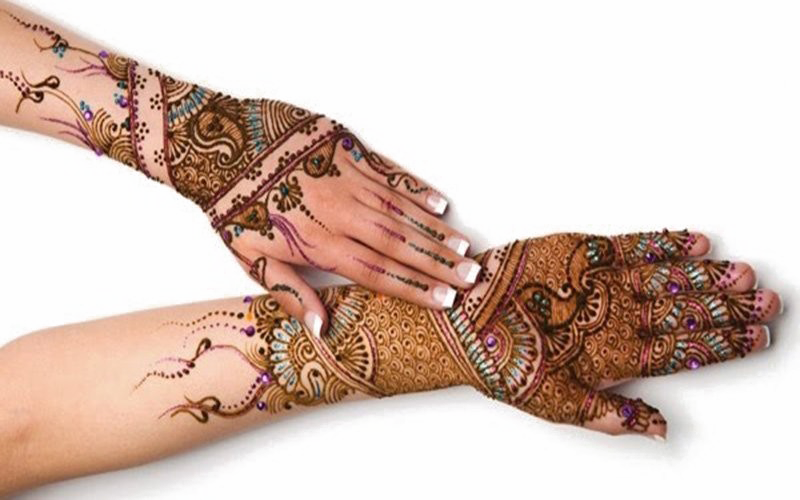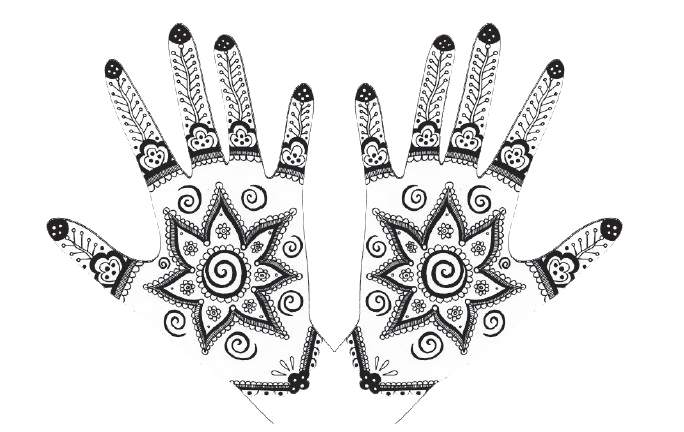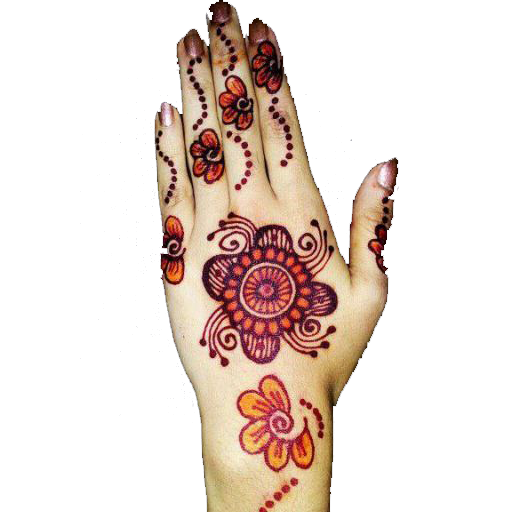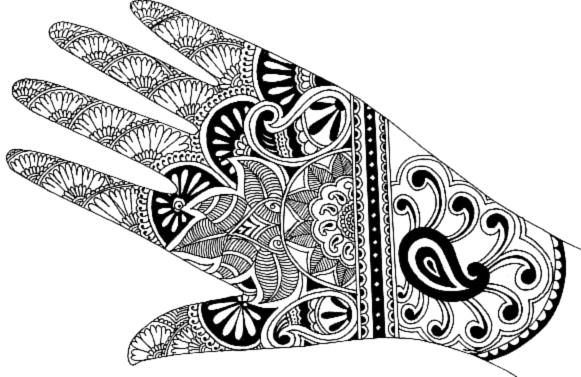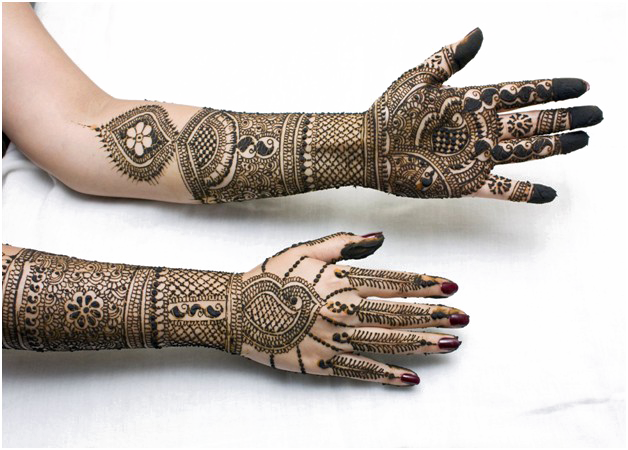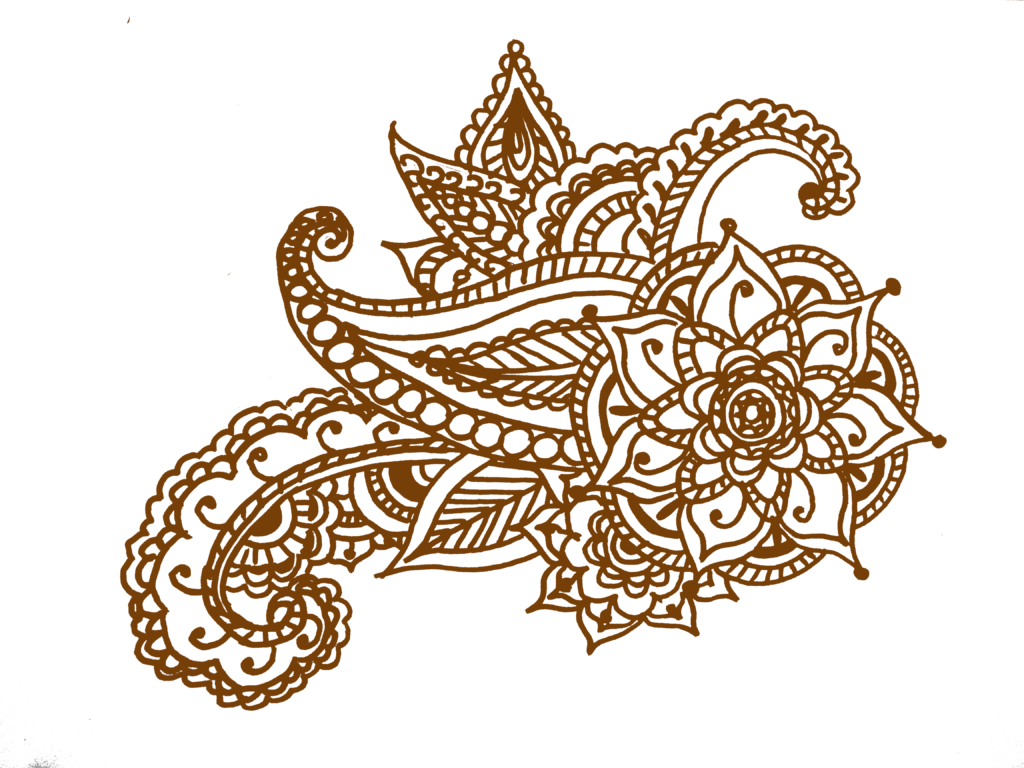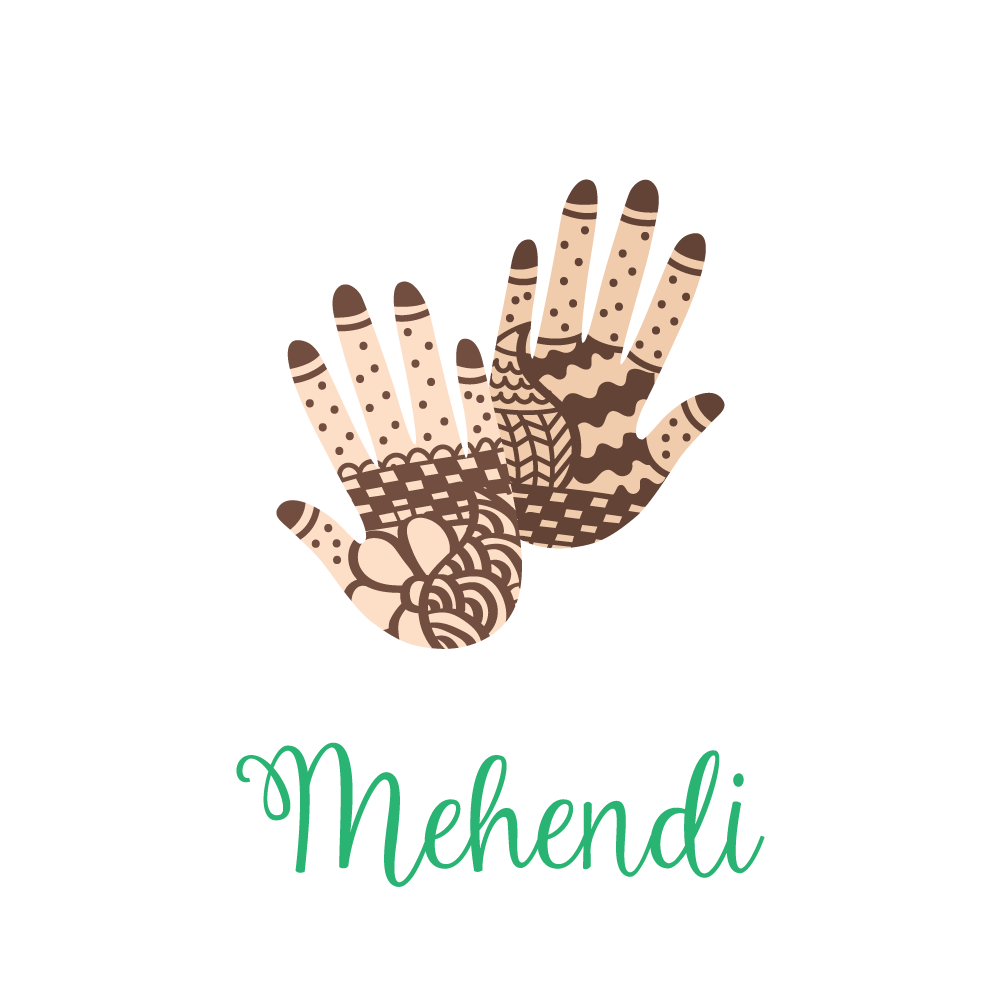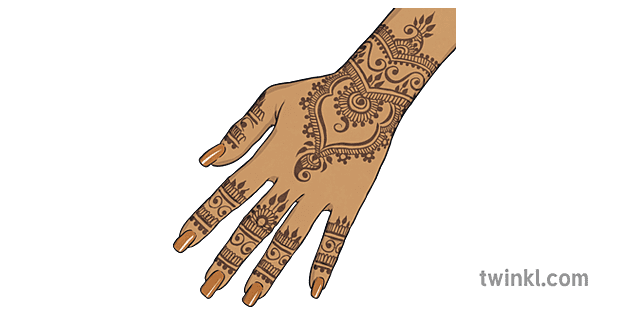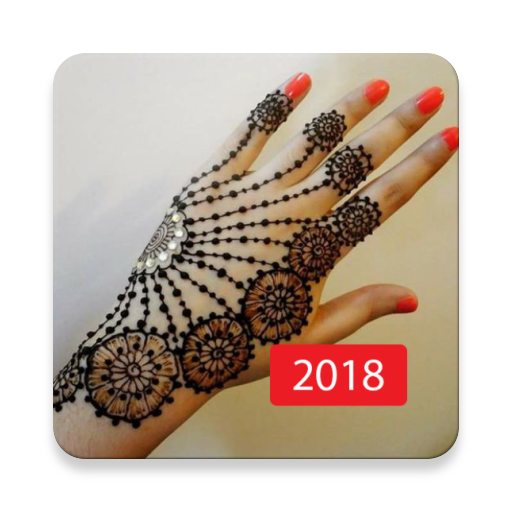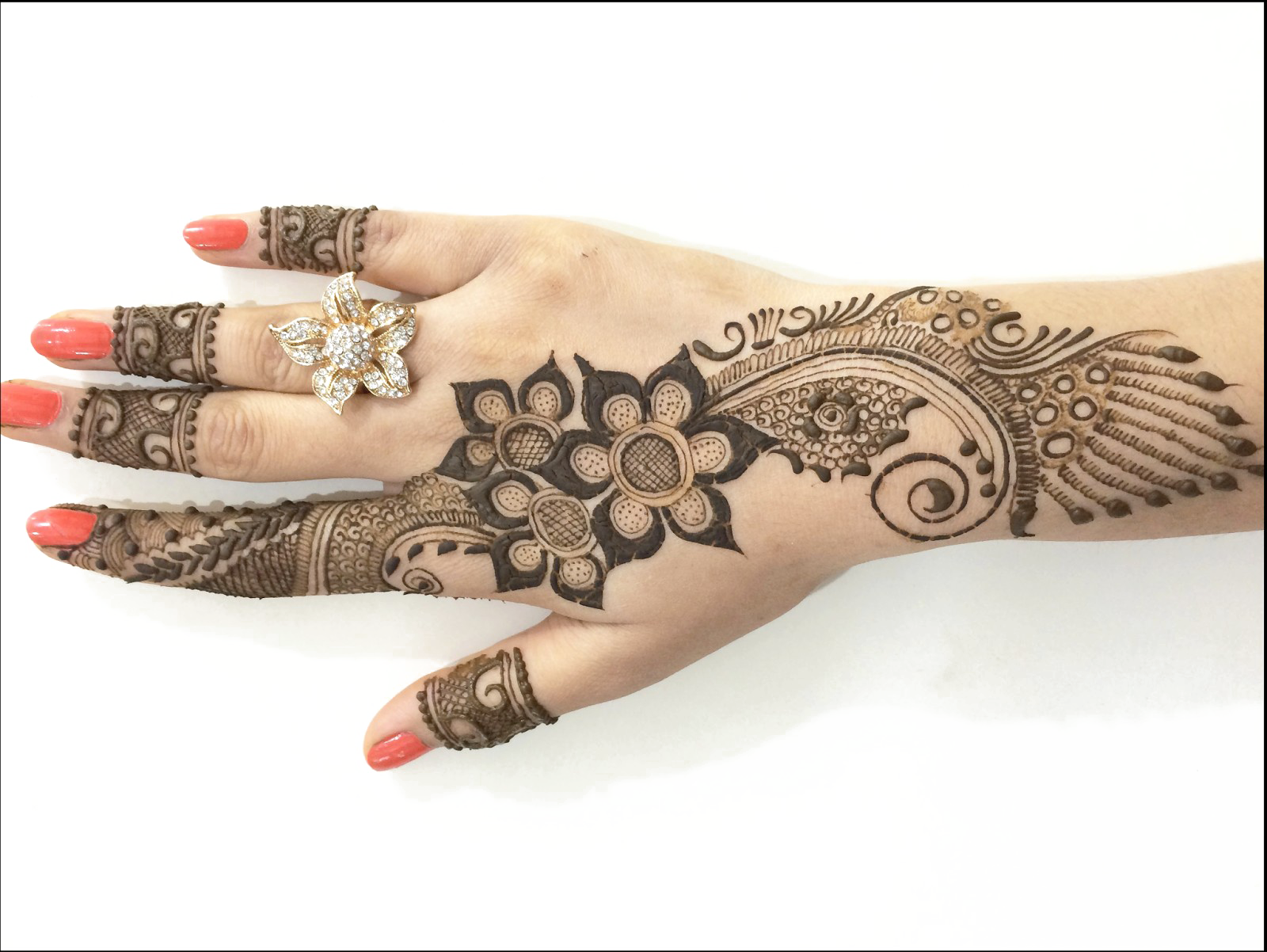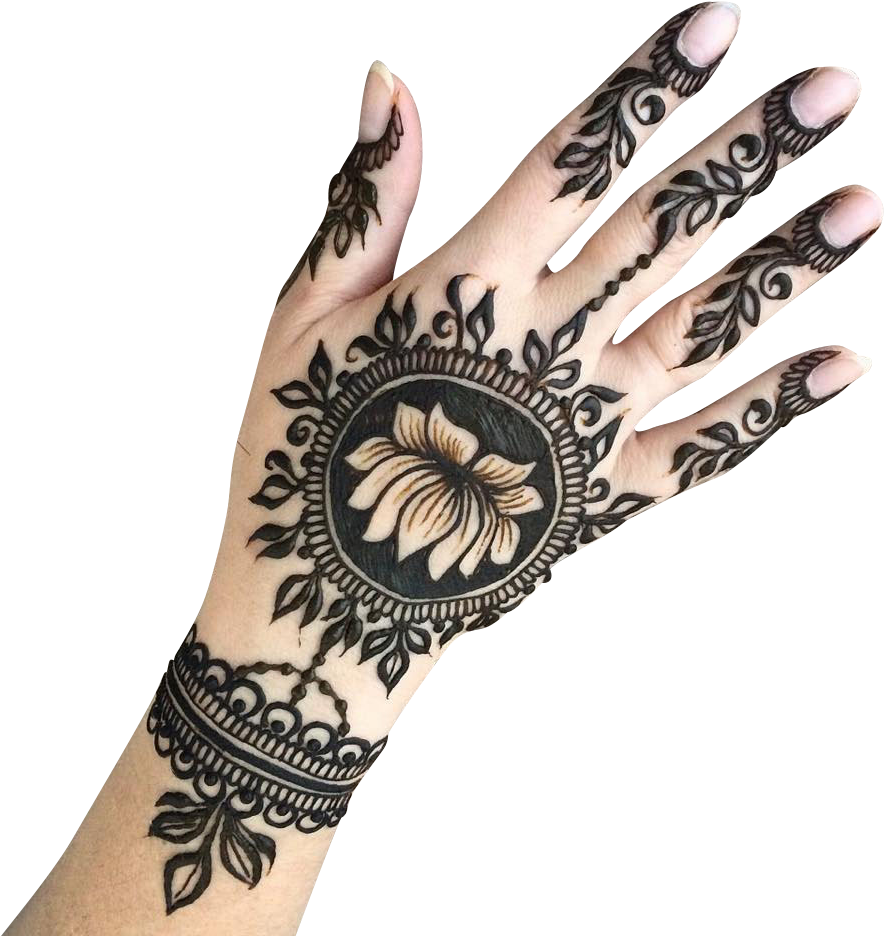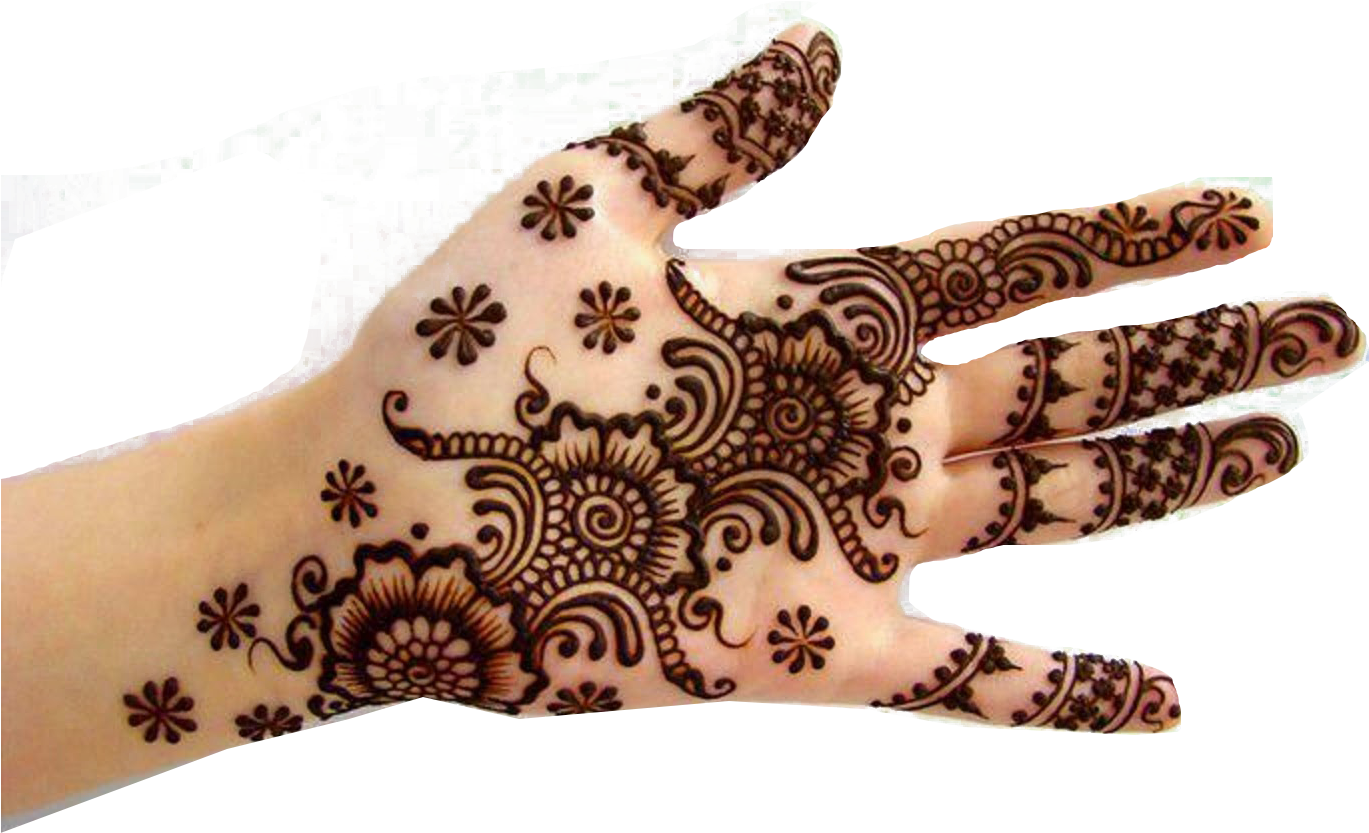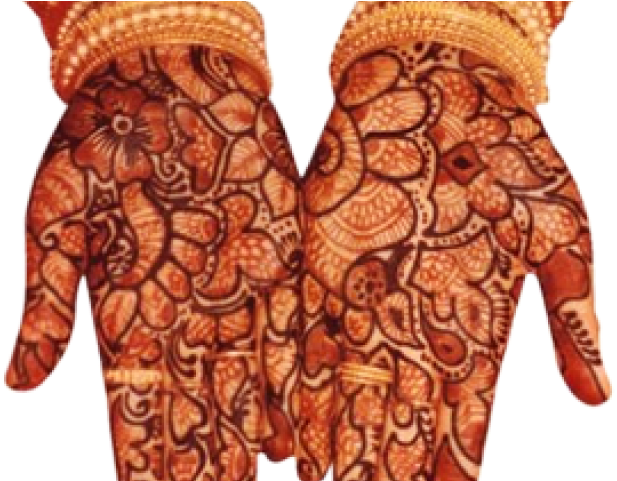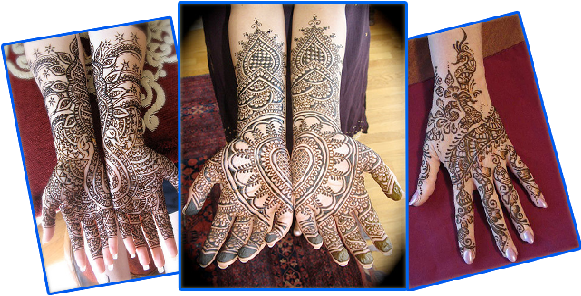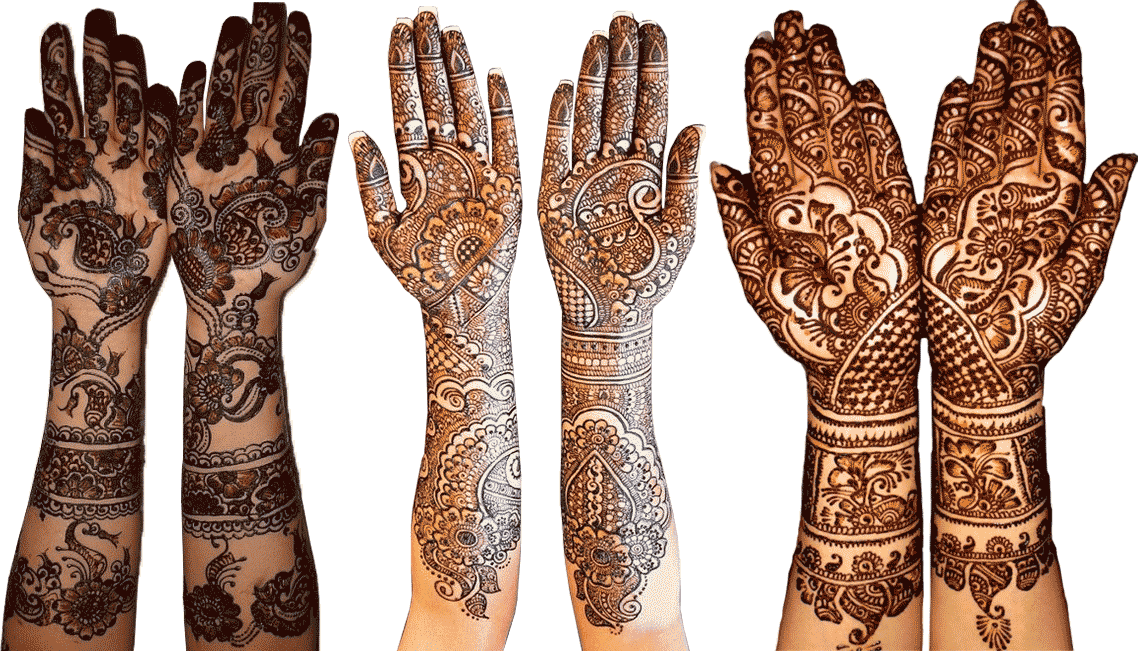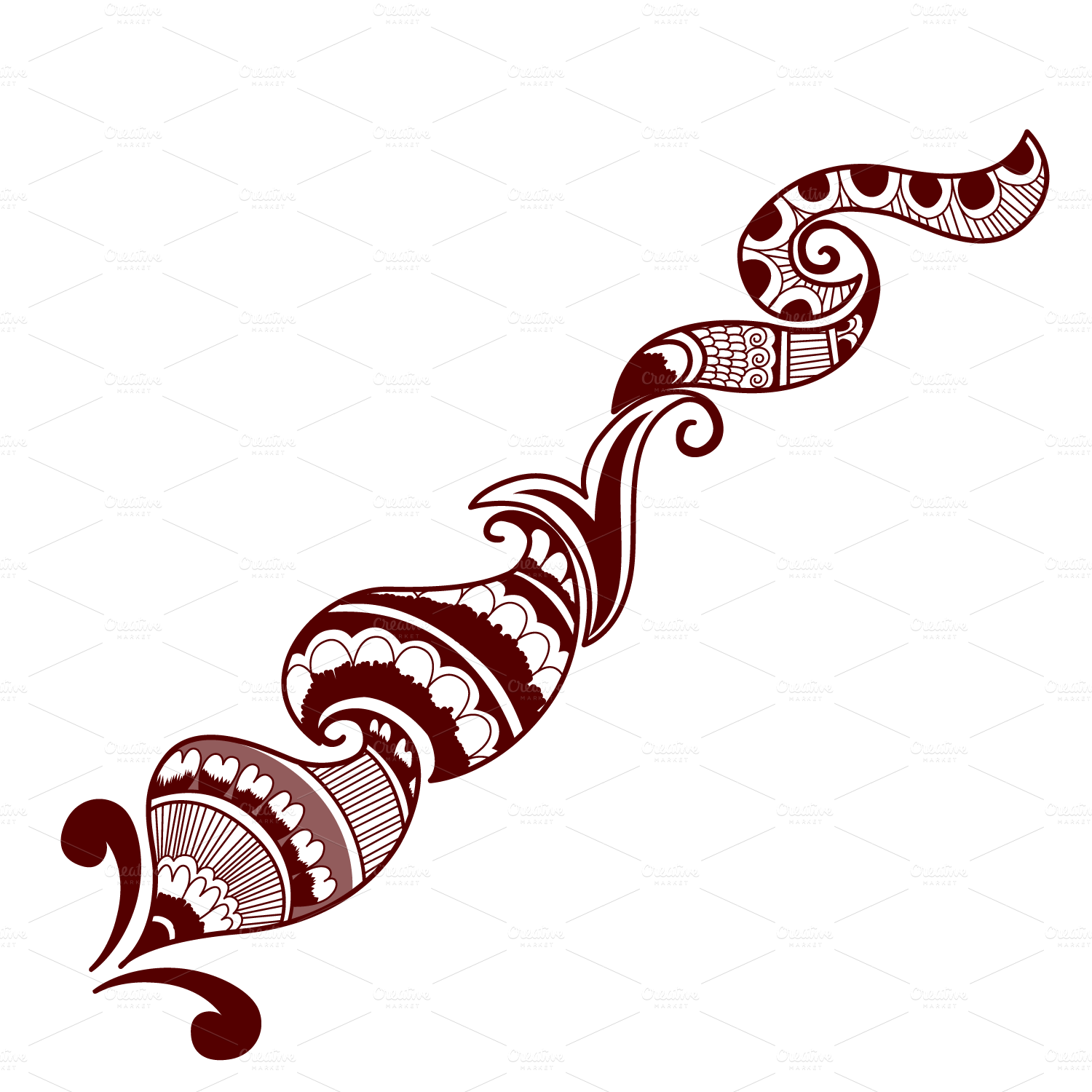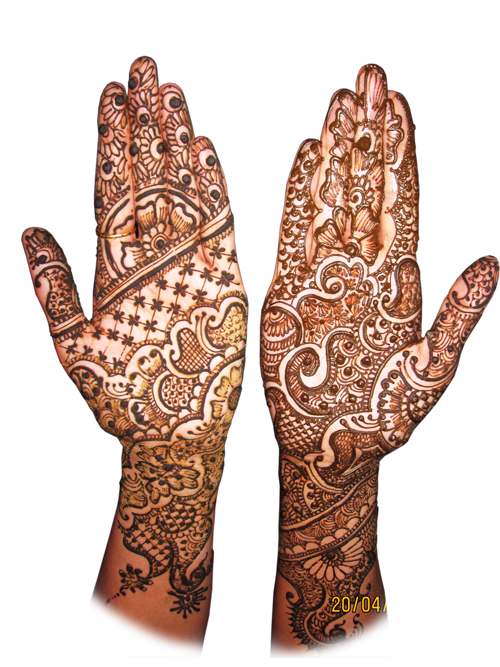Download top and best high-quality free Mehendi PNG Transparent Images backgrounds available in various sizes. To view the full PNG size resolution click on any of the below image thumbnail.
License Info: Creative Commons 4.0 BY-NC
Mehndi is a type of body art and temporary skin decoration that is generally drawn on the hands or legs and involves the application of a paste made from powdered dried leaves of the henna plant to a person’s body to create colorful designs. It’s a popular type of body art among women in India, Bangladesh, Pakistan, Nepal, Iran, the Maldives, and Sri Lanka’s Muslim population, and it’s comparable to similar customs in North Africa and the Middle East. In India, Pakistan, Bangladesh, and Nepal, this type of body art is known as Mehndi Design. In the West, it’s known as Henna Designs.
Henna has been used as a skin (as well as hair and nail) color for over 4,000 years, according to a 2013 research.
Mehndi also refers to “the marriage-feast on the occasion of the bride’s hands and feet being stained with henna (in)” or “an ark, or tabernacle, carried in solemn procession by some Muslims on the eve of the anniversary of the death of a person who died just as he was about to marry:”mehd bdhn (-me).” It was initially restricted for women’s palms and occasionally for males, but as time passed, it became increasingly popular among women.
There are several varieties and styles to choose from. Mehendi designs are generally applied to the hands and feet of women, although some, such as cancer patients and women with alopecia, also use it to beautify their scalps. Henna is often brown, although other design colors such as white, red, black, and gold are also used.
In Indian culture, mehendi is done to the hands and feet at Hindu weddings and festivals such as Karva Chauth, Vat Purnima, Diwali, Bhai Dooj, Navratri, Durga Pooja, and Teej. Muslims in South Asia also use Mehendi at Muslim weddings and holidays such as Eid-ul-Fitr and Eid-ul-Adha.
Many women have Henna applied to their hands and feet and the backs of their shoulders during Hindu festivals, while males have it done to their arms, legs, backs, and chest. For women, the design is generally drawn on the palm, back of the hand, and foot, where the contrast with the lighter skin on these areas, which naturally contain less of the pigment melanin, makes the design stand out the most.
Alta, Alata, or Mahur is a red dye similar to henna used to paint brides’ feet in various parts of South Asia, such as Bangladesh and the Indian state of West Bengal.
Some individuals add the synthetic dye p-Phenylenediamine (PPD) to henna to give it a black color. This is likely because to a desire for a “tattoo-black” look. PPD was named Allergen of the Year by the American Contact Dermatitis Society in 2006. It has the potential to induce severe allergic responses.
Download Mehendi PNG images transparent gallery.
- Mehendi PNG Picture
Resolution: 500 × 287
Size: 238 KB
Image Format: .png
Download
- Mehendi Design
Resolution: 610 × 436
Size: 106 KB
Image Format: .png
Download
- Mehendi PNG Photo
Resolution: 7200 × 7200
Size: 1623 KB
Image Format: .png
Download
- Mehendi PNG Image
Resolution: 1512 × 1600
Size: 1299 KB
Image Format: .png
Download
- Mehendi Transparent
Resolution: 800 × 500
Size: 433 KB
Image Format: .png
Download
- Mehendi PNG Images
Resolution: 1024 × 645
Size: 51 KB
Image Format: .png
Download
- Mehendi PNG Clipart
Resolution: 684 × 432
Size: 332 KB
Image Format: .png
Download
- Mehendi PNG File
Resolution: 512 × 512
Size: 224 KB
Image Format: .png
Download
- Mehendi PNG HD Image
Resolution: 581 × 377
Size: 325 KB
Image Format: .png
Download
- Mehendi No Background
Resolution: 628 × 450
Size: 436 KB
Image Format: .png
Download
- Mehendi PNG Image HD
Resolution: 1024 × 768
Size: 361 KB
Image Format: .png
Download
- Mehendi PNG Photos
Resolution: 1000 × 1000
Size: 47 KB
Image Format: .png
Download
- Mehendi PNG Cutout
Resolution: 630 × 315
Size: 20 KB
Image Format: .png
Download
- Mehendi Design PNG Cutout
Resolution: 512 × 512
Size: 325 KB
Image Format: .png
Download
- Mehendi Design PNG File
Resolution: 1600 × 1202
Size: 1295 KB
Image Format: .png
Download
- Mehendi PNG
Resolution: 884 × 936
Size: 877 KB
Image Format: .png
Download
- Mehendi Design PNG Pic
Resolution: 1369 × 833
Size: 1527 KB
Image Format: .png
Download
- Mehendi
Resolution: 617 × 481
Size: 527 KB
Image Format: .png
Download
- Mehendi Design PNG
Resolution: 581 × 296
Size: 432 KB
Image Format: .png
Download
- Mehendi Design PNG Image
Resolution: 1140 × 651
Size: 231 KB
Image Format: .png
Download
- Mehendi PNG Pic
Resolution: 1500 × 1500
Size: 342 KB
Image Format: .png
Download
- Mehendi Design PNG Photo
Resolution: 500 × 667
Size: 465 KB
Image Format: .png
Download
